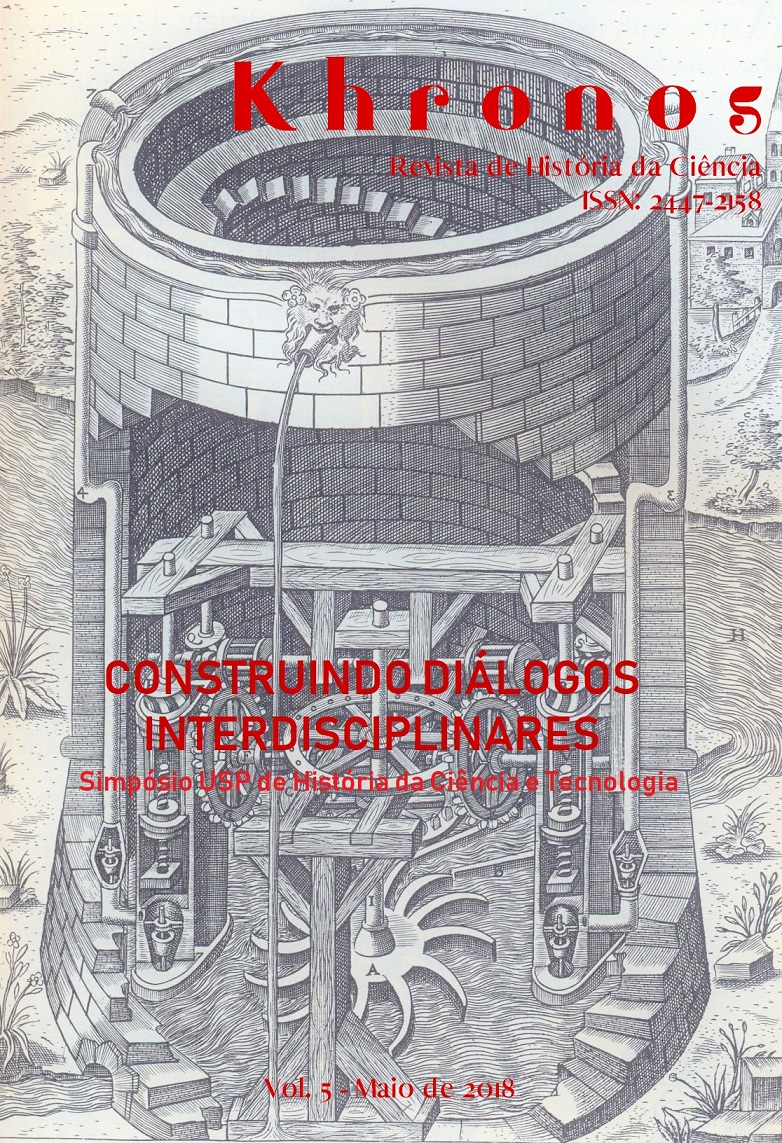Embalming in the 19th century: secrets, techniques and controversy
DOI:
https://doi.org/10.11606/khronos.v0i5.142762Keywords:
Embalming, Science History, Medicine history.Abstract
On the threshold between science and art, the funeral embalming during the 19th century, before the use of formalin, involved physicians from Brazil and France in a number of controversial issues which reveal a great deal about the eighteen hundreds’ funeral culture. In this case study we followed José Tavano’s life, a Portuguese who came to Brazil in 1858, willing to work as a physician, surgeon and mainly embalmer, using the system developed by a well-known French chemist, of whom he was cessionary. His probable relationships with influent people in Imperial Brazil and the exchange of articles with a foe are elements helping to make up the backdrop of the so-called scientific medicine of that time.Downloads
Download data is not yet available.
Downloads
Published
2018-06-05
Issue
Section
Dossiê “História das doenças e artes de curar"
License
Authors who publish in this journal agree to the following terms:
- Authors retain the copyright and grant the journal the right to first publication, with the work simultaneously licensed under the Creative Commons Attribution License in the "Attribution-NonCommercial 4.0 International" (CC BY-NC 4.0) modality that allows sharing of the work with acknowledgment of authorship and initial publication in this magazine.
- Authors are authorized to assume additional contracts separately, for non-exclusive distribution of the version of the work published in this journal (eg, publishing in institutional repository or as a book chapter), with acknowledgment of authorship and initial publication in this journal.
- Authors are allowed and encouraged to publish and distribute their work online (eg in institutional repositories or on their personal page) at any point before or during the editorial process, as this can generate productive changes, as well as increase impact and citation of the published work (See The Effect of Open Access).
- Any doubts or complaints about copyright must be directed to the Editorial Board or qualify and express themselves in accordance with the guidelines of the Committee on Publications Ethics (COPE).
How to Cite
Leonzo, N., & Pires de Almeida, M. J. S. S. (2018). Embalming in the 19th century: secrets, techniques and controversy. Khronos, 5, 11. https://doi.org/10.11606/khronos.v0i5.142762





